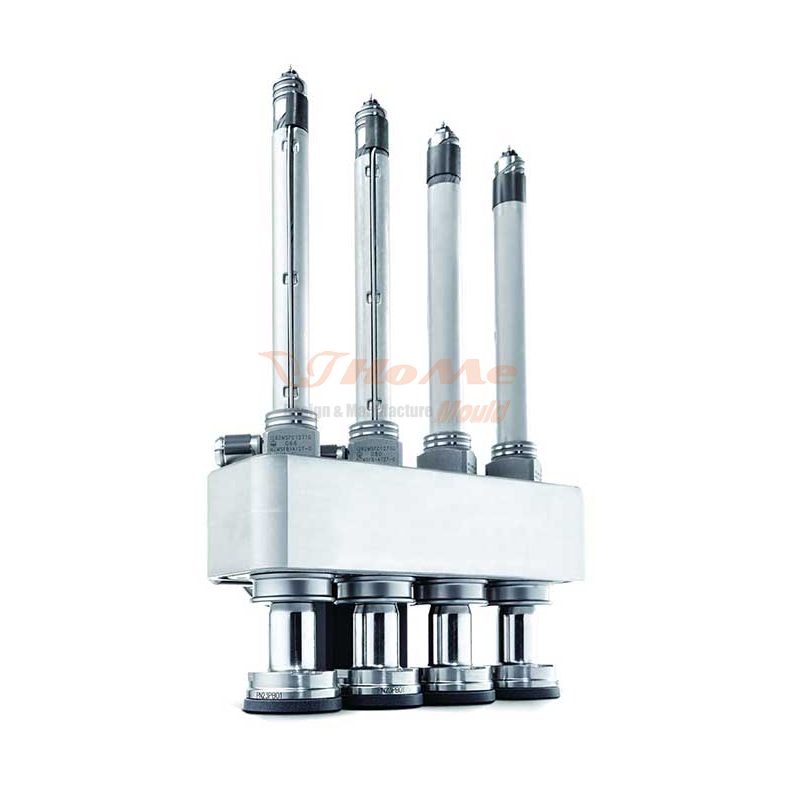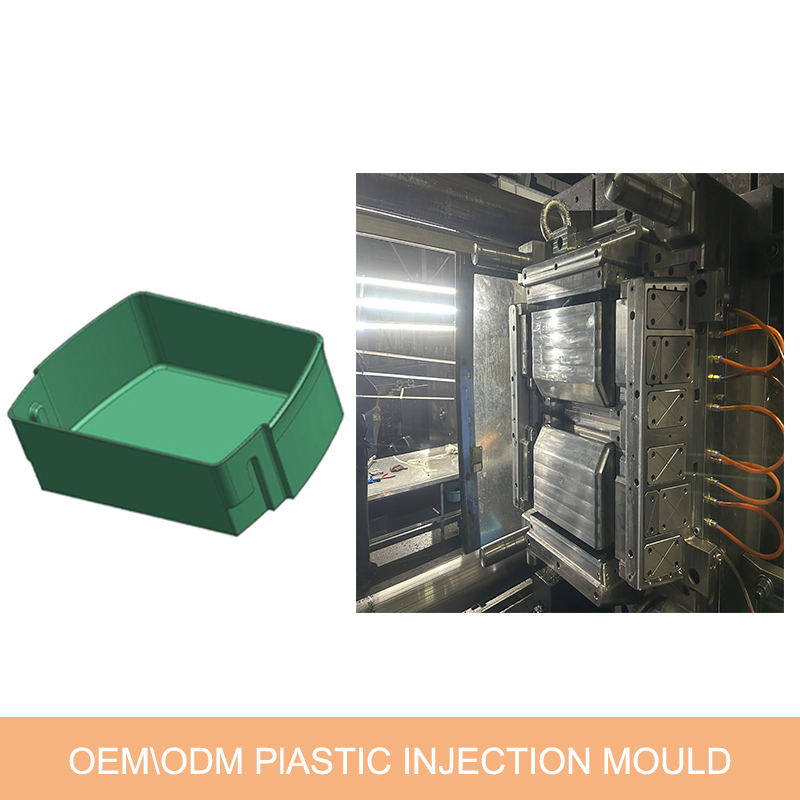 English
English Español
Español  Português
Português  русский
русский  Français
Français  日本語
日本語  Deutsch
Deutsch  tiếng Việt
tiếng Việt  Italiano
Italiano  Nederlands
Nederlands  ภาษาไทย
ภาษาไทย  Polski
Polski  한국어
한국어  Svenska
Svenska  magyar
magyar  Malay
Malay  বাংলা ভাষার
বাংলা ভাষার  Dansk
Dansk  Suomi
Suomi  हिन्दी
हिन्दी  Pilipino
Pilipino  Türkçe
Türkçe  Gaeilge
Gaeilge  العربية
العربية  Indonesia
Indonesia  Norsk
Norsk  تمل
تمل  český
český  ελληνικά
ελληνικά  український
український  Javanese
Javanese  فارسی
فارسی  தமிழ்
தமிழ்  తెలుగు
తెలుగు  नेपाली
नेपाली  Burmese
Burmese  български
български  ລາວ
ລາວ  Latine
Latine  Қазақша
Қазақша  Euskal
Euskal  Azərbaycan
Azərbaycan  Slovenský jazyk
Slovenský jazyk  Македонски
Македонски  Lietuvos
Lietuvos  Eesti Keel
Eesti Keel  Română
Română  Slovenski
Slovenski  मराठी
मराठी  Srpski језик
Srpski језик
WHAT IS A HOT RUNNER? WHY WE NEED TO USE HOT RUNNER MOLD?
2023-02-28
Hot runner technology, introduced to the plastics industry over 50 years ago, revolutionized injection molding processing capabilities by improving molded part quality, enhancing operational efficiencies, reducing scrap and saving money.
Prior to hot runner technology, cold runners were widely used on injection molds. Cold runner molds faced many challenges in conveying the resin from machine barrel to cavities without affecting the flow and thermal characteristics of the resin. With the advancement of resin types and the complexity in mold and part designs, it became more and more difficult to control the molding process via cold runner molds to produce molded parts of acceptable quality.
However, with the introduction of hot runner technology with advanced thermal controls, processing of wider ranges of resin became more practical and convenient to injection molders. Unlike a cold runner mold, the hot runner components are individually heated to ensure the resin maintains the temperature continuously through the mold. The temperature of each hot runner heated component can also be precisely controlled to ensure the process is optimized to the requirements of each type of resin delivering the highest possible part quality. Today, hot runners are capable of producing highly complex parts in a wide range of sizes which are utilized in every industry.

How to Design Hot Runner Plate for Injection Mould
Proper design of the hot runner plates is critical to molding success. The hot runner plates must perform the function of a rigid and stable support while being exposed to high mechanical loadings from both the hot runner components and the molding machine. Hot runner plates consist of a manifold plate and backing plate that when attached together form the structural shell of the hot runner system . As an integral part of a successful hot runner, the design and manufacture of the hot runner plates deserves discussion.
Hot runner systems utilize thermal expansion to develop a sealing force between components. The sealing force is created when the bond between the manifold and backing plate resists yielding to the thermal expansion of the manifold components. The sealing force must be sufficient to prevent plastic leakage at maximum machine pressures and can exceed 12,000 lbf for each nozzle. Additionally, hot runners for high cavitation moulds utilize cross manifolds, which can add as much as 80,000 lbf to the forces working to separate the plates.
Clamp tonnage and forces from the machine nozzle also act on the hot runner plates and must be considered when designing the plates. Clamp tonnage is transferred through the hot runner plates to the parting line. The hot runner plates must both protect the internal manifold components from the cyclical forces of clamp tonnage and resist deflection that can wear the mold components. Additionally, other forces acting on the manifold include the machine nozzle and the plastic pressure - both of which act along with the sealing force to separate the manifold and backing plate.
When injection moulding partially crystalline engineering thermoplastics, choice of the correct hot runner system determines the function of the plastic injection mould and moulded part quality. Here, the temperature must be controlled much more strictly than in the case of amorphous materials. The type of hot runner system used, and its installation, decide the properties of the finished parts. This article deals with the most important points which have to be considered when choosing the most suitable hot runner system for POM (acetal), PA (nylon), PBT and PET (polyesters).


